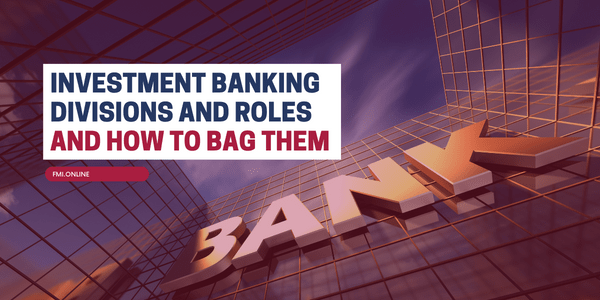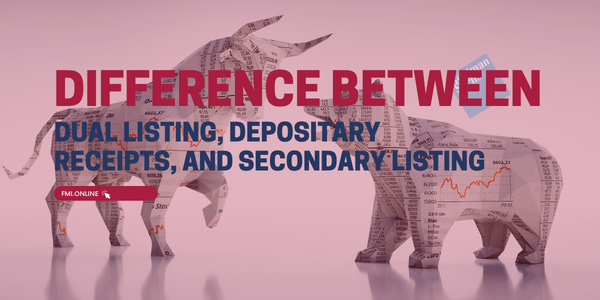The Chief Financial Officer or CFO is a highly sought after executive role. The CFO is responsible for a company’s financial health. Their responsibilities include financial planning, tracking cash flow and profitability, and managing the organisation’s accounting and finance departments. It goes without saying that the position is a high-stake, high-rewards one and requires the utmost expertise and specialised skills.
In fact, most CFOs have advanced educational qualifications such as a Master of Finance or Chartered Financial Analyst (CFA) along with an MBA. Their professional background is typically in accounting, investment banking, financial analysis. They are in the same league as other C-suite executives such as the Chief Executive Officer (CEO), the Chief Operating Officer (COO), or the Chief Information Officer (CIO).
If you are a finance or accounting professional and aspire to become a CFO, in this article, we help you understand how to tread on that path and think like a CFO.
How to become a CFO?
1. Education
A CFO is the highest finance role in an organisation. As a result, it requires the equivalent education. Most finance chiefs today hold an MBA besides a background in finance and accounting. Being at a business school can teach you how to think strategically, analyse a company’s finances, work in collaboration with other teams, among other things.
A specialised education is something you cannot skimp on to become a CFO. Hence, if that’s your goal, you must plan out your career trajectory early and gain the required education. If an MBA is on your radar, you can consider specialising in finance or accounting. While not necessary at all, it does add to your credentials if your business education is from an elite institution.
2. Financial Knowledge
A CFO knows what is financially viable for a company. To be able to decipher this, you must have adequate financial knowledge. While you will be able to acquire this partly through your education, real-time work experience will help you build on this. To advance your financial know-how, you can also avail laser-focused programs in different financial fields such as this one in Investment Banking.
As a CFO, you must be a pro at budgeting, financial reporting, compliance, accounting and so on. Start early with internships in this domain and proceed to work as an accountant, financial analyst, auditor etc.
Here are some other duties of a CFO that you can attain through work experience:
- Maximise profits while mitigating financial risks and losses
- Manage investment portfolios and conduct audits
- Support expansion by raising capital or taking a private company public
- Develop financial strategies for mergers or acquisitions
- Analyse market trends and generate financial forecasts
3. Leadership Skills
While you will acquire technical skills through your education and professional experience in finance, a CFO is also an organisational leader. This means that you will be managing the entire finance and accounting divisions of your firm. This requires excellent leadership acumen.
You will be able to grasp some of these skills in business school. Apart from that, you should focus on activities that help you develop your transferable skills such as communication, critical thinking, presentation, team-building, etc.
Early in your career, you should try to get involved in tasks at work that would allow you to hone some of these skills.
How to think like a CFO?
While the process to become a CFO, although challenging, is straightforward, it’s also essential to learn how to think like one. After all, the role involves deep strategic and critical thinking as well as a problem-solving attitude. Here are some tips on how to think like a CFO:
1. Be open to learning
Most CFOs are already highly experienced yet the learning process must never stop. In today’s digital landscape, technology and businesses are constantly evolving. Any aspect of a business also impacts its financial health. Hence, leaders like CFOs must always be open to learning new concepts, ideologies, government regulations, economic challenges and so on.
Even for financial analytics, the tools are constantly improving hence, a CFO can only pass on this information to their team if they are cognizant of these changes. Usually, at most companies, the Learning & Development department offers training on new technologies and methods. Regardless of how high your position might be, you will be able to find something new to learn.
2. Plan for the unknown
A CFO is responsible for a business’s financial success. This requires careful planning, risk assessment, and forecasting. Since this is entirely a numbers game, a CFO must have the acuity and keenness to predict consequences based on available financial metrics and reporting.
Only when you as the CFO can plan and think about the unknown can you keep the business sailing smoothly. In this case, many other chief executives are also counting on your knowledge and ability to predict the most risky scenarios. A CFO should always be thinking multiple steps ahead of the current situation and be prepared to act when the need arises.
3. Ace decision-making
As any chief executive, you are expected to make informed, high-stakes, and at times, rapid decisions. As the CFO, this responsibility further intensifies as you are in-charge of a business’s monetary soundness. You will be required to make quick and even difficult decisions.
Through your early career and even in your personal life, you must start to sharpen and improve your decision making skills. Even in case of quick decisions, you should have the skill of accounting for all major factors that influence that decision and its consequences. This requires practice and extreme attention to detail but is a skill that you must ace as a CFO.
Conclusion
Becoming a CFO is a journey that you must begin early in your career. Every step of the way, you should consciously work towards honing your technical and transferable skills so you can make a mark as a CFO.
While education and expertise will account for a majority of what you need, the right attitude towards learning, a visionary approach, and nimble decision making is what can set you apart as a CFO.










